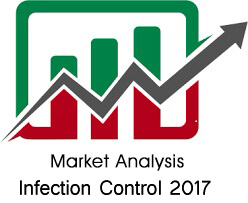Narveen Jandu
Gannon University, USA
Title: Application of online tools & resources on foodborne outbreaks for microbiology instruction
Biography
Biography: Narveen Jandu
Abstract
In recent years, there have been several newsworthy outbreaks of infectious disease agents, such as Zika, Ebola and the 2015 Escherichia coli O26 outbreak associated with Chipotle restaurants in the United States. During these outbreaks, numerous resources can provide the public, faculty and students with timely, accurate, and credible information. The outbreaks associated
with these microbiological infectious disease agents can and should be incorporated into ongoing microbiology courses. One way to do this is to utilize the excellent resources available from the Centers for Disease Control and Prevention (CDC). The CDC website provides a wealth of resources and information on numerous current, ongoing and past outbreaks. Understandably, the CDC website can be overwhelming for new users, such as students. Students, however, can be gradually introduced to some of these resources
through planned assessments that will allow students to learn both microbiology content and how to utilize online resources. Two specific online resources were selected for students to develop their understanding of foodborne outbreaks. These resources include the FOOD (Foodborne Outbreak Online Database) Tool and the Multistate Foodborne Outbreaks webpage, which are both available through the CDC website. Both resources allow users to retrieve up-to-date information on ongoing outbreaks, which allows the
content in a microbiology course to be relatable to current news events. As well, students can utilize these resources to learn how to access public data, use spreadsheets, generate charts, and perform quantitative data analysis and interpretation. For teaching purposes, these resources are valuable for professors to generate figures and graphics for lectures. The utilization of real-time online data on ongoing outbreaks on infectious disease agents provides a more relatable and application based approach to understanding
how infectious disease agents cause foodborne and other outbreaks.

